Indian Army’s First Chief Born After ’62 War Prepares To Lead
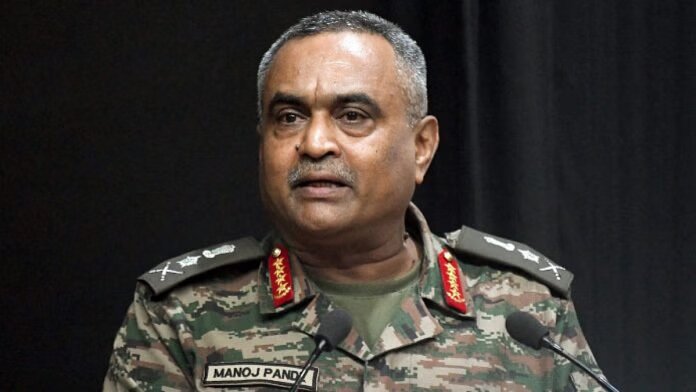
- The officers above the corps commander decided to keep talking to each other about military issues and keep the peace, but there was no progress.
- The Indian and Chinese armies still have tens of thousands of troops and modern weapons in the Ladakh theater
The new government should name the next head of the Indian Army around the middle of June. This person will be the first four-star general born after the India-China war in 1962. Some people who know about the situation said on Tuesday that the change is important for the world’s second-largest army because it will likely bring about a psychological generational shift that lets go of the ghost of a terrible year. Others said that the change was just symbolic and that the army had already moved on from the disaster in 1962.
The current army chief, General Manoj Pande, was born on May 6, 1962. He was meant to retire on May 31, but the government gave him an unexpected one-month extension, which has made it even more difficult to predict
who will be India’s next army chief. The extension was given on May 26 by the Appointments Committee of the Cabinet, which is led by Prime Minister Narendra Modi. This was in line with army rules.
If they are younger than 62 years old, they can work as a service chief for up to three years. Pande will step down as head of the army on June 30, having been in charge for two years and two months. He is the first general from the Corps of Engineers to be in charge.
These top generals were all born after the war in the Himalayas from October 20 to November 20, 1962, which was over contested lands. The government will choose Pande’s replacement from these generals. These people were born after 1964.
Three different Indian governments still haven’t made public the Henderson Brooks-Bhagat study on why India lost the 1962 war. In fact, Australian journalist Neville Maxwell made parts of the report public by posting them online in March 2014. This started a new debate about the mess and the events that led to it. The study pretty much blamed the whole civilian and military leadership for getting the country into a war it wasn’t ready for.
The date that Pande has been given an extension is important because it is also the day that the two seniormost generals who are thought to be in the running for the top job retire. Army vice chief Lieutenant General Upendra Dwivedi is the next most senior general, after Pande. Lieutenant General AK Singh is in charge of the Southern Army.
Both generals were born in 1964, and they will be 60 years old on June 30, which is the last day that three-star generals can work. A top officer can be made service chief, even if he is leaving on the same day as the current chief.
Lieutenant General MV Suchindra Kumar leads the Northern Army, Lieutenant General NS Raja Subramani leads the Central Army, Lieutenant General Manoj Kumar Katiyar leads the Western Army, Lieutenant General Dhiraj Seth leads the South Western Army, Lieutenant General Manjinder Singh leads the Army Training Command, and Lieutenant General Ram Chander Tiwari leads the Eastern Army.
It doesn’t matter if the next army chief was born after the war in 1962; the people said he will still have to deal with China.
Colonel DS Hooda (retd), an expert on military affairs, said that the army got rid of the war’s ghost a long time ago and that it doesn’t affect the military leadership.
“However, there is a new China threat on the borders that will need the full professional attention and skill of the new army chief, with a focus on building strong deterrence capabilities,” Hooda said.
India and China have been in a military standoff in eastern Ladakh for five years now, and there are no signs of an immediate end to the problems along the disputed Line of Actual Control (LAC). This is despite India’s hopes that ongoing talks with its neighbor will help bring things back to the way they were in April 2020.
On February 19, 2024, the 21st round of talks between Indian and Chinese military leaders came to an end. The officers above the corps commander decided to keep talking to each other about military issues and keep the peace, but there was no progress.
The Indian and Chinese armies still have tens of thousands of troops and modern weapons in the Ladakh theater, even though they have been pulled out of Galwan Valley, Pangong Tso, Gogra (PP-17A), and Hot Springs (PP-15) four times. There are still problems at Depsang and Demchok that are being talked about.
When the UPA government was in charge, new service heads were named about two months ahead of time. But the NDA government made these kinds of claims just a few weeks before a service chief retired.
When choosing service chiefs, successive governments have usually gone by the seniority principle. However, there have been times when the most senior officers were ignored. Admiral Robin Dhowan was named chief of the navy by the United Progressive Alliance government in 2014 and General Bipin Rawat was named chief of the army by the National Democratic Alliance government in 2016.


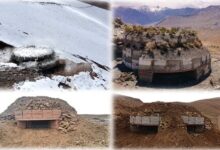
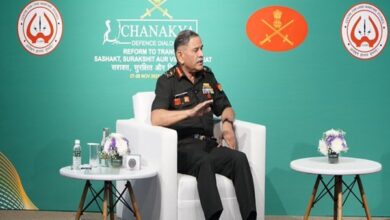
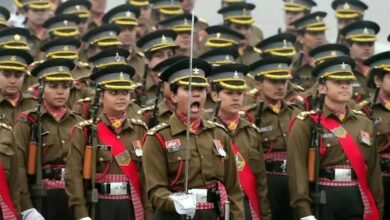
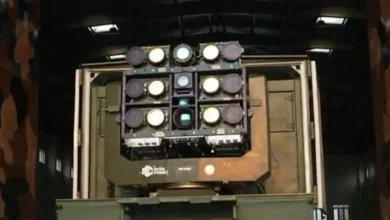

Facebook Comments